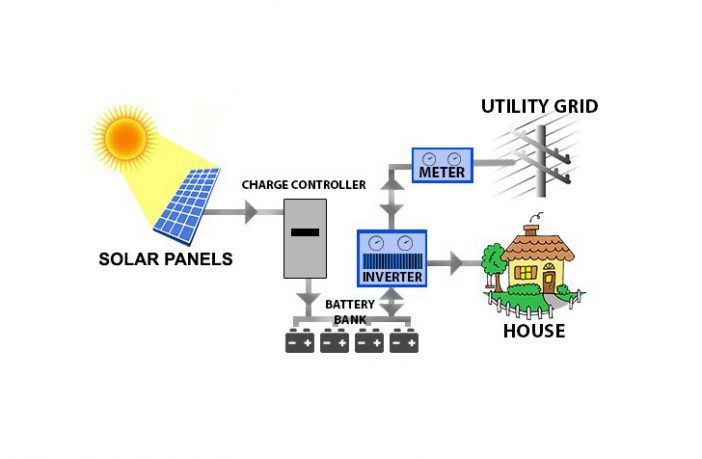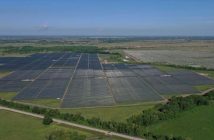- The South African Bureau of Standards (SABS) supported by industry has been developing codes for the safe connection of small-scale embedded generation (SSEG) to low-voltage (LV) grids.
- Frank Spencer, board member of the South Africa Photovoltaic Industry Association (SAPVIA), comments.
The extension to the SANS10142-1 SA LV wiring code (namely the SANS 10142-2-1 for LV SSEG), defines Embedded Generation (EG) as devices which are synchronous with the grid. The whole EG plant is referred to as an Embedded Generation Installation (EGI).
One problematic item is that the code states that EGIs with batteries cannot operate in island mode without first disconnecting from the grid.
This is far from ideal, as it implies a short grid interruption is required during changeover. The disconnection from the grid and switch to island mode should happen simultaneously (or within 2s). Hopefully, this will be resolved before the final code is published.
The code covers a significant amount of detail across the whole of the EGI (including signage, earthing, cable sizing, fusing, roof wind loads, etc.), but I would like to highlight a few important aspects:
- It is a requirement that all systems be isolated from the grid in case of a utility technician working on the plant. This can be accomplished in two ways:
- A Utility Safety Switch, which is an isolator at the POC that a technician can use to isolate all downstream customer infrastructure, including the EG, or;
- A Dead Grid Safety Lock, which is a device that automatically disconnects the EGI from the grid during a Grid-Loss event and is incapable of reconnecting to the grid until the grid returns to normative conditions. This device needs to be separate from the EGI itself; it cannot be the inverters.
- All transformer-less inverters must have built-in Residual Current Fault detection of type B.
- EGI systems with batteries are required to have a neutral-earth linkage switch to engage when transitioning from grid-supply to island-supply. Be very careful not to end up with earth loops.
- Overcurrent protection (fuses) for strings are required if cable rating is less than 1.56 x I_SC (string short circuit current), and only on one phase unless they run next to each other, in which case both phases are required. Reverse current protection on the strings is also required when three or more strings in parallel.
- The ability to isolate is required on both the AC side and DC side of the inverters; these cannot be fuses, they must be switch-based isolators (or breakers). The exception is if you have a combiner box with a DC isolator switch within 2m of the inverter.
- DC cables longer than 50m are required to be in earthed metal conduits or be armoured cable.
- All EGI plants are required to have a planned maintenance schedule, and that a maintenance manual is included in the hand-over of the plant.
Many of the requirements mentioned above will now become part of the required CoC SANS 10142-1 inspection where there are LV SSEG installations
Author: Nicolette Pombo-van Zyl
This article was originally published on ESI Africa and is republished with permission with minor editorial changes.











